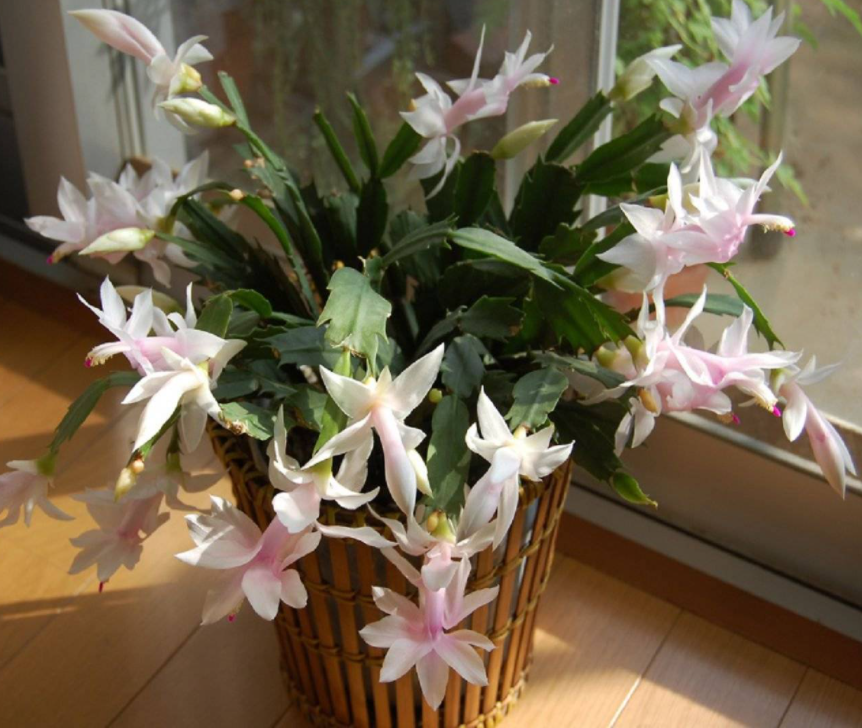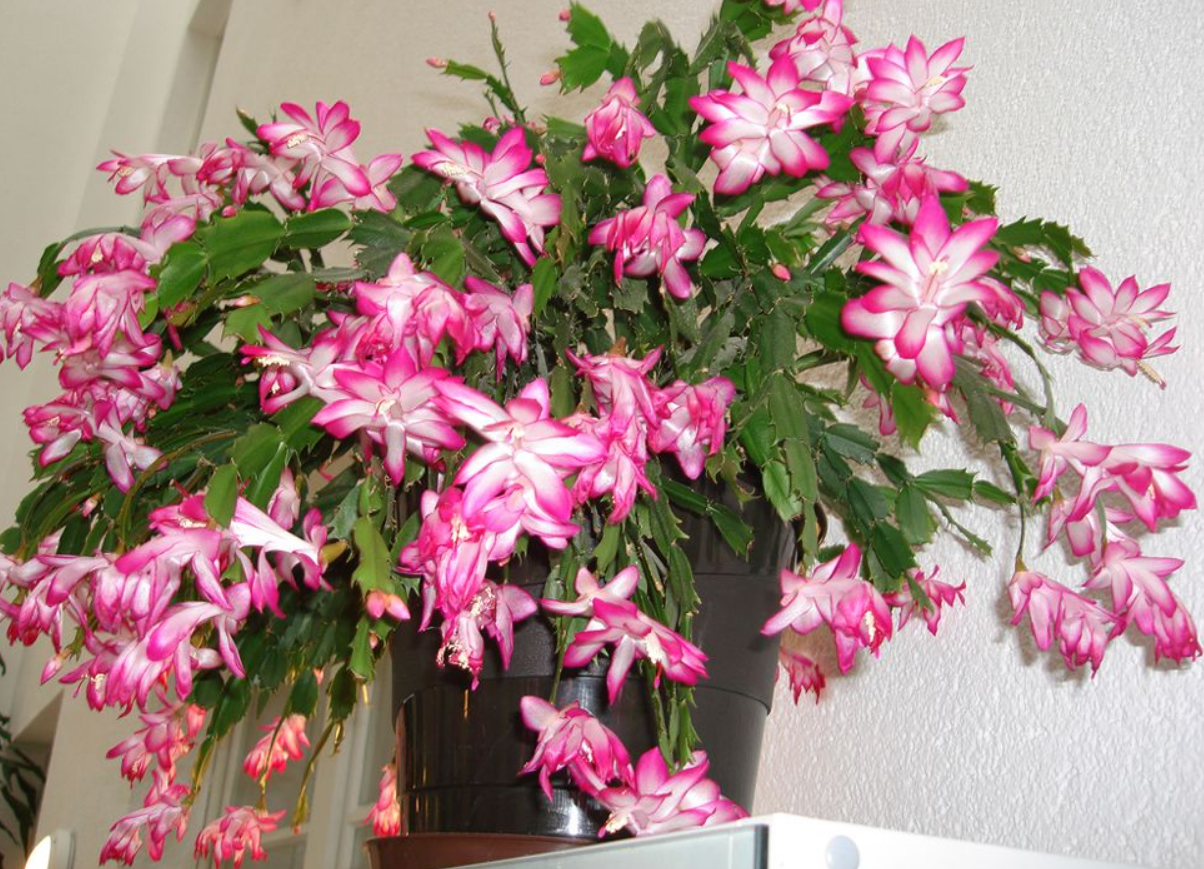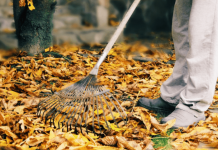Cactus
A cactus is a common indoor plant that can grow well in the right room conditions. There are actually two kinds of cacti grown as indoor plants. Both are widely known and well known.
The desert cactus is the “traditional” cactus, which is usually covered with prickles or hairs and often grows on a knoll, hill or obelisk.
The forest cactus grows in wooded areas, from temperate forests to the subtropics and tropics. The most famous forest cactus is the Christmas cactus.
Desert and forest cacti boast beautiful flowers, but their growth habits differ considerably.

A few hours of sunlight each day and good water-conducting soil are vital to the cactus.
Desert Cactus
In addition, there are several unique varieties of the plant available to grow indoors. They can decorate any windowsill without the effort required to care for other types of indoor plants.
Tips for growing desert cacti indoors

Desert cacti have a unique and unique beauty, and some desert cacti have some of the most beautiful flowers in the plant kingdom. Growing desert cacti is not difficult. They are some of the most hardy indoor plants. A few fairly simple rules must be followed for successful cultivation. There are dozens of varieties of desert cacti on the market today. For the most part, the rules governing their growth are the same. Some species of cacti bloom three to four years after planting. Others require more time indoors or they don’t bloom at all.
In general, follow these tips for successfully growing desert cacti:
- Light: Strong light is essential for healthy cacti, especially in winter. Some species may not harden in summer sun at first.
- Temperature: During periods of active growth, cacti prefer high, dry temperatures of 70°F to 80°F or higher. In winter, plants prefer cooler periods up to 55°F. In desert habitats, many cacti are very accustomed to cold nights. Protect them from very cold weather conditions during the winter.
- Watering: Water in the spring and summer when plants are actively growing or blooming, or when the compost dries out. When watering, make sure the plant is fully watered. During the winter dormancy period, water almost never. Water only when the plant begins to shrink.
- Planting soil and transplanting: Place the pot in a cactus mix that drains quickly. If such a mixture cannot be used, fertilize with inorganic materials such as perlite to improve drainage and aeration. Cacti are slow-growing plants and require several varieties. Also remember that more cactus species will bloom if the underside is lightly colored.
- Fertilization: use cactus fertilizer during the growing season. Some gardeners do not get good results with standard fertilizers, so it is recommended to look for special fertilizers for cacti.
- Common problems: the most common mistake when growing desert cacti is over-wintering, which can lead to rot at the base of the plant or at the top of the growing area. If rot develops, you may have to grow a new plant from cuttings or discard the entire plant. Cacti are also susceptible to pests, including parasites and mites.
Forest Cactus
Tips for growing a forest cactus
The forest cactus grows in tropical and subtropical regions around the world. They are often climbing or prickly plants that cling to trees. The most famous of these is the Christmas cactus, native to Brazil. Today, Christmas cacti can bloom in red, pink, purple and even yellow flowers. They make great hanging plants.
Use these tips to optimize your growth:
- Light: These plants get a lot of sunlight, but not directly. Walk in the summer.
- Temperature: During the growing season there is a wide range from 55F to 70F. Cold periods at 50F are needed during breaks.
- Water: Water as a normal ornamental plant in the summer and when the buds begin to bloom. Only water during dormancy when the soil is dry.
- Planting soil and transplanting: use a regular soil mixture and reapply at the beginning of the growing season.
- Fertilization: fertilize with standard fertilizer during the growing season. Reduce the amount of fertilizer during the growing season.

Christmas cactus flowering tips
It takes a little planning to pick a few blooms on a Christmas cactus (or a closely related Easter cactus). Reduce watering and reduce the amount of fertilizer before turning the plant into a holiday flower and leaving it in a cool place (50F to 55F). After a month or two, move the plant to a warmer location and resume watering. Sprouts will soon appear. It is also important to take the plant outside during the summer.
A common problem in growing cacti
Like succulents and desert cacti, these plants should not be watered liberally during dormancy. Root rot occurs. Normal root rot can only be cured by making new cuttings and starting over. Fortunately, these plants are easy to root from cuttings. Flowering disorders usually occur when plants are not taken outside for a summer or two months due to an inadequate dormancy period.
Now you know everything or almost everything about caring for cacti at home and how to water cacti.









